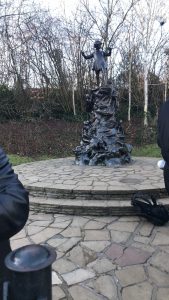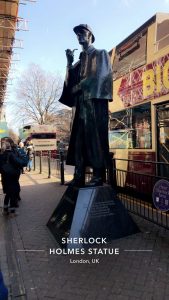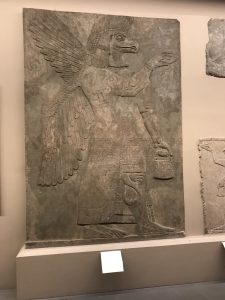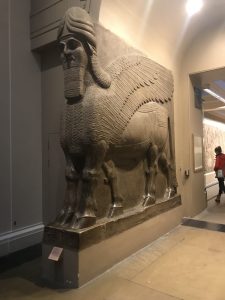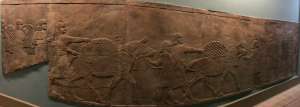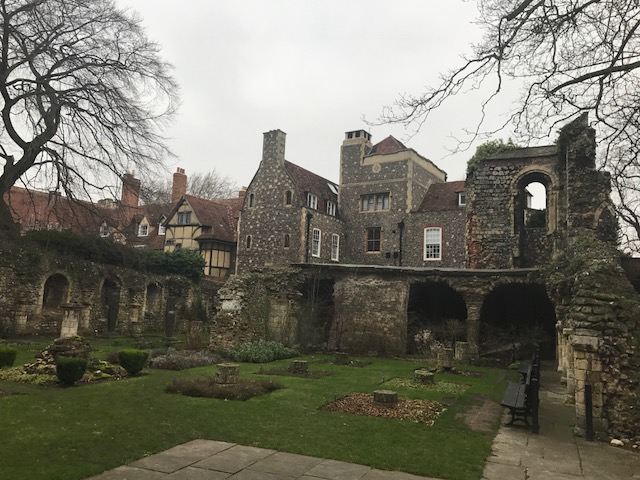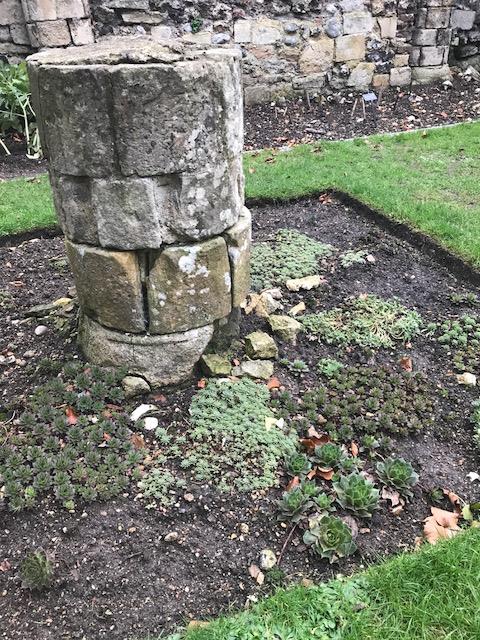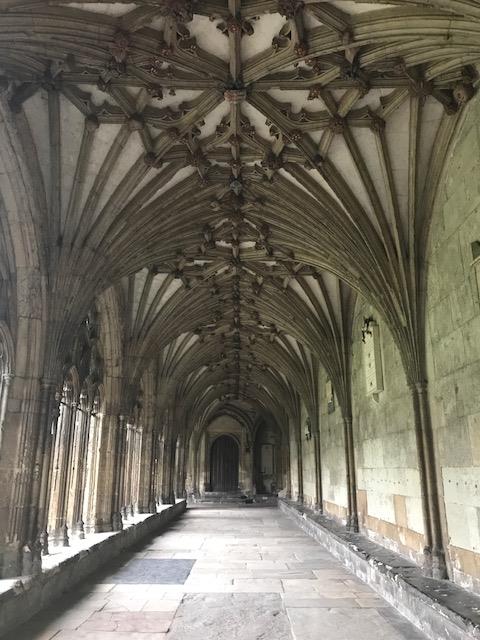When people travel, everyone has a different perception of their ideal trip. For example, when people travel abroad, some people enjoy seeing the must-see sights while others enjoy seeing the less known sights away from the crowds. While I enjoy traveling to the less known sights to see how locals live, my experience at Westminster Abbey was truly remarkable. When I walked into Westminster Abbey I realized how important of a building I was walking into due to the carvings over the entrance, the towers standing high above neighboring buildings, and details carved into the stone towers.
Walking into Westminster Abbey is an experience like no other. When I walked into Westminster Abbey I was amazed by the history that surrounded me; from the tombs of Charles Darwin, Isaac Newton, and a few monarchs to the coronation chair. It was incredible to be standing in the building that events such as royal weddings and the coronation of Queen Elizabeth II. Along with the history of Westminster Abbey, the architecture throughout the church is breathtaking. In the Quire, the woodwork on the benches paired with the gold above the benches and the column makes the visitor appreciate what this building means historically and religiously to England. As a Jewish person walking into a church such as Westminster Abbey, I do not get moved spiritually, however the altar in Westminster Abbey was beautiful. From the gold covered sculptures to the last supper, to the gold carvings the altar at Westminster Abbey is something that will make someone appreciate the Catholicism despite the religion one practices.
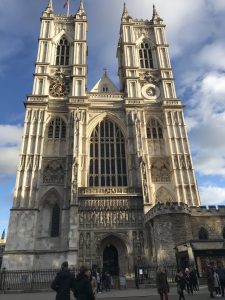
Jeremy Dzigas

